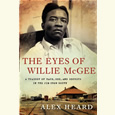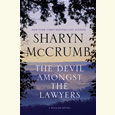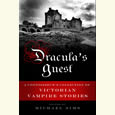A Legal Lynching
July 19, 2010 Did a poor black man named Willie McGee rape a white housewife named Willette Hawkins in Laurel, Mississippi, in 1945? Was she even raped, or did she just dream it? Or were the two—as Bella Abzug alleged in McGee’s third trial—lovers? As journalist Alex Heard finds in The Eyes of Willie McGee, the truth is disturbingly gray. The book is part history and part detective story, with Heard intersplicing McGee’s story with the tale of his own hunt for the facts. Heard discusses the book at the downtown branch of Nashville Public Library on July 21 at 5 p.m., and at Davis-Kidd Booksellers in Memphis on July 22 at 6 p.m.





